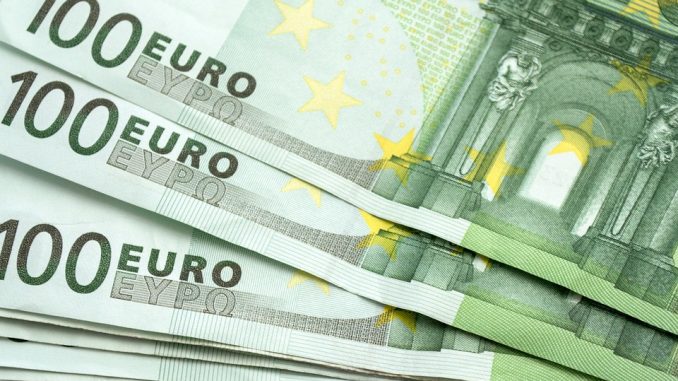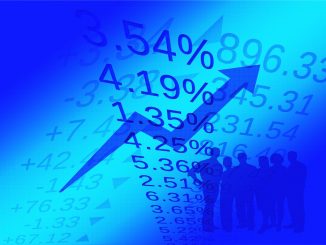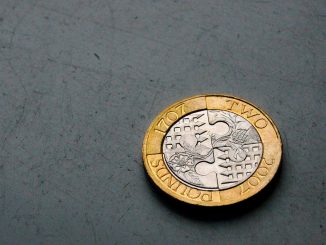
The EUR / USD pair managed to reverse its early decline to its lowest level since May 2017 and rebounded quickly from 20-25 pips from the day low of $1.1118 per EUR.
Despite stronger-than-expected US durable goods orders, the US dollar lost part of its early strong gains to a two-year high. This turned out to be the only factor that drives some short bounce from oversold conditions.
However, the rise has no strong conviction and is likely to remain limited amid growing concerns about the eurozone economic slowdown, reiterated by European Central Bank Vice President Luis de Guindos, who said that we cannot be “super optimistic” about the European economy.
It would therefore be prudent to wait for a sustained buy before confirming that the pair may have reached a near-term bottom and before traders begin to take positions for any real recovery as the focus will now shift to the release of the US Q1 GDP report on Friday.
Meanwhile, price dynamics in USD may continue to affect price action, through technical formation favors some near-term consolidation / modest technical bounce towards the 1.1175-80 support level which has now turned into resistance.
According to analysts, the 4-hour chart seems to be maintaining its strong bearish slopes, where RSI is currently at around 19. This indicates that sellers are not ready to abandon. On the chart, 20 SMA gains downward momentum less than the larger ones, currently near 1.1205. Therefore, the pair can correct up to the latter, provided that the correct catalyst is provided.
This week the dollar rose to a new record for the year. The rise was driven by US economic growth data. Many fund managers are increasingly convinced that the global economy is entering a period of low growth and low inflation.
Concerns for falling growth and inflation this week were triggered by Australia’s weak consumer price index, and pessimism from European manufacturers’ (the German IFO) and weak GDP in the first quarter. We have also seen a slowdown in communication from a wide range of central bank such as the Bank of Canada, the Swedish Riksbank and the Central Bank of Turkey.
Despite some positive short-term US activity data, the interest rate market has been struggling to shrug off fears of a slowdown. While the jury is still uncertain on whether the fixed / inverted yield curve predicts the next US recession, the dollar continues to perform well. In fact, the Dollar Index (DXY) broke a new record this year and has now recovered nearly three-quarters of the decline since Trump was elected in January 2017.




Be the first to comment